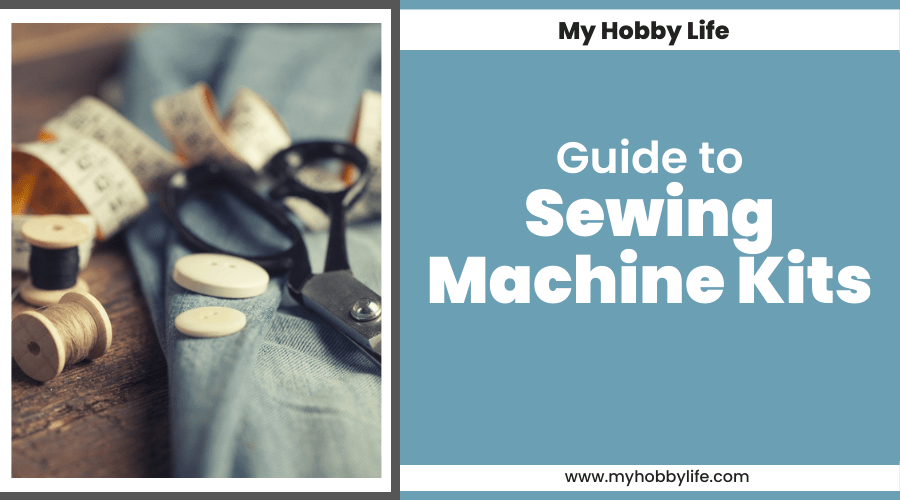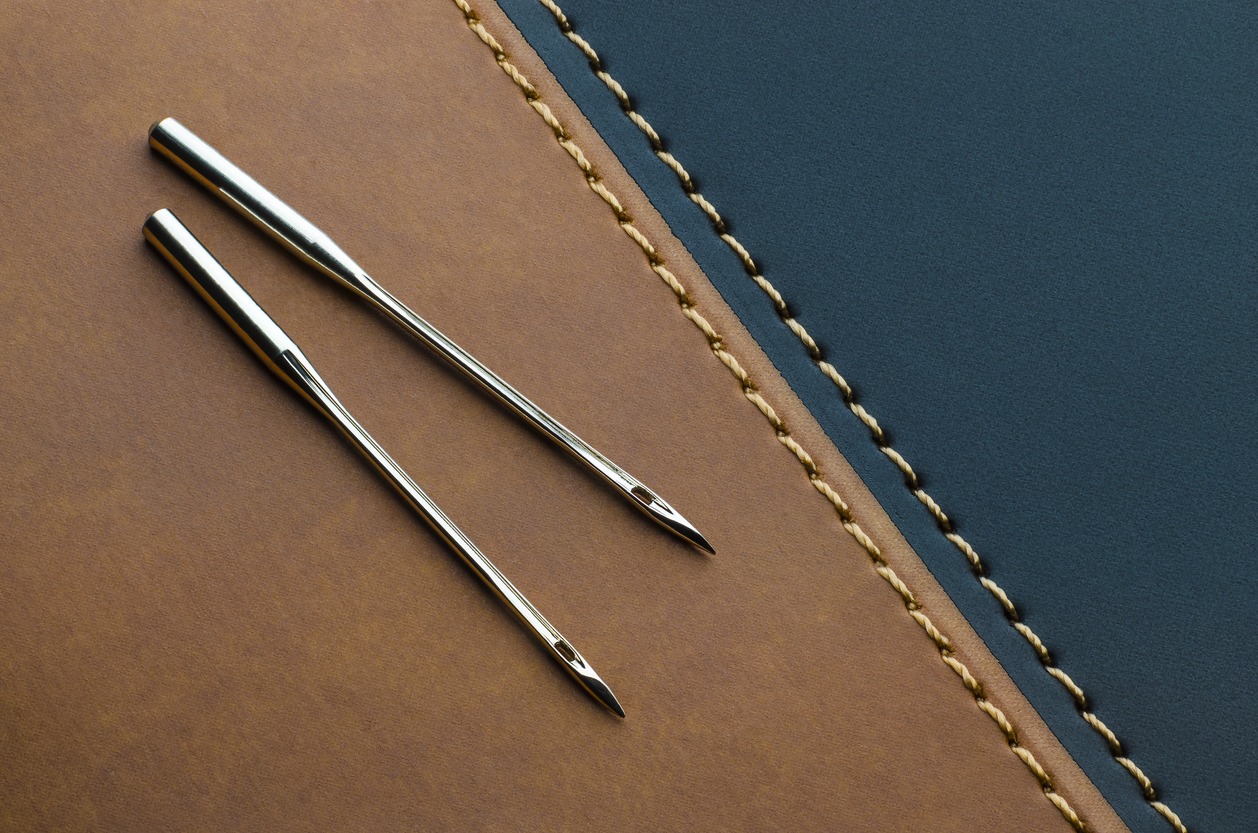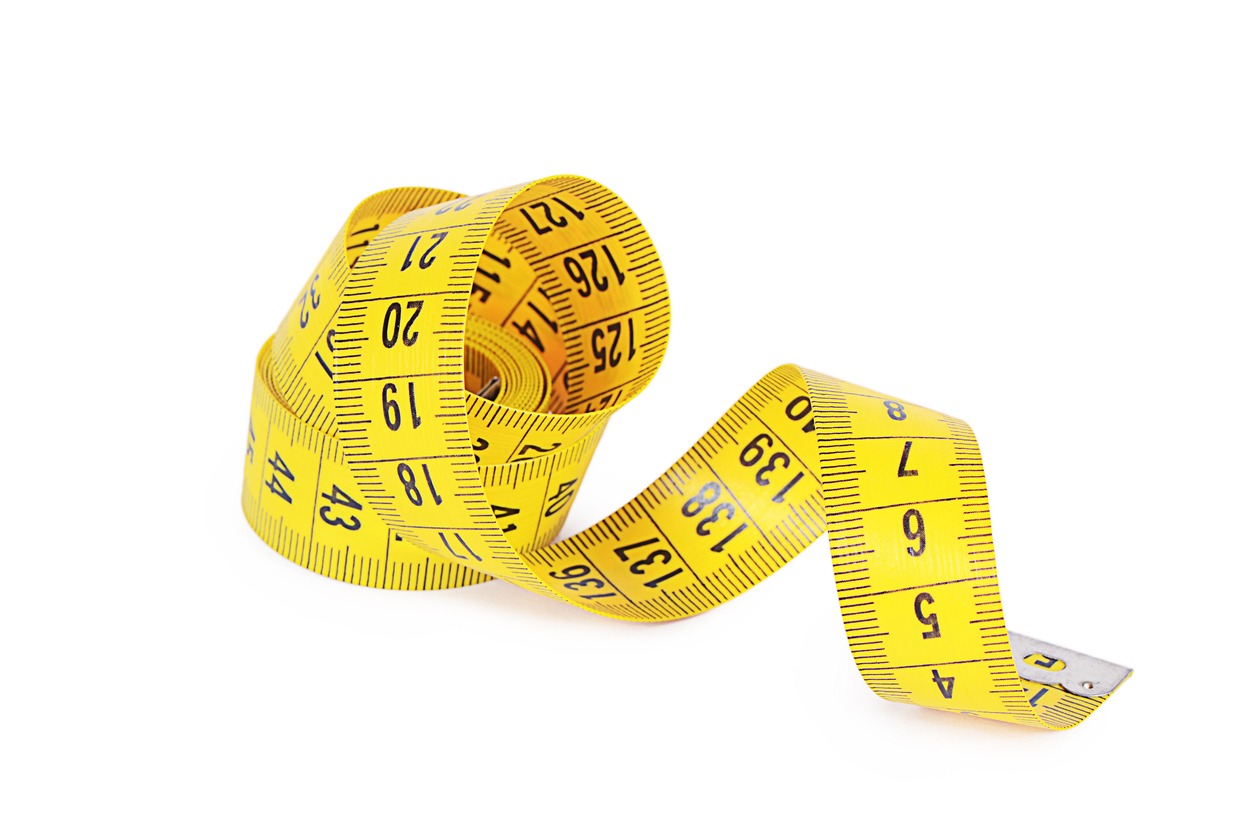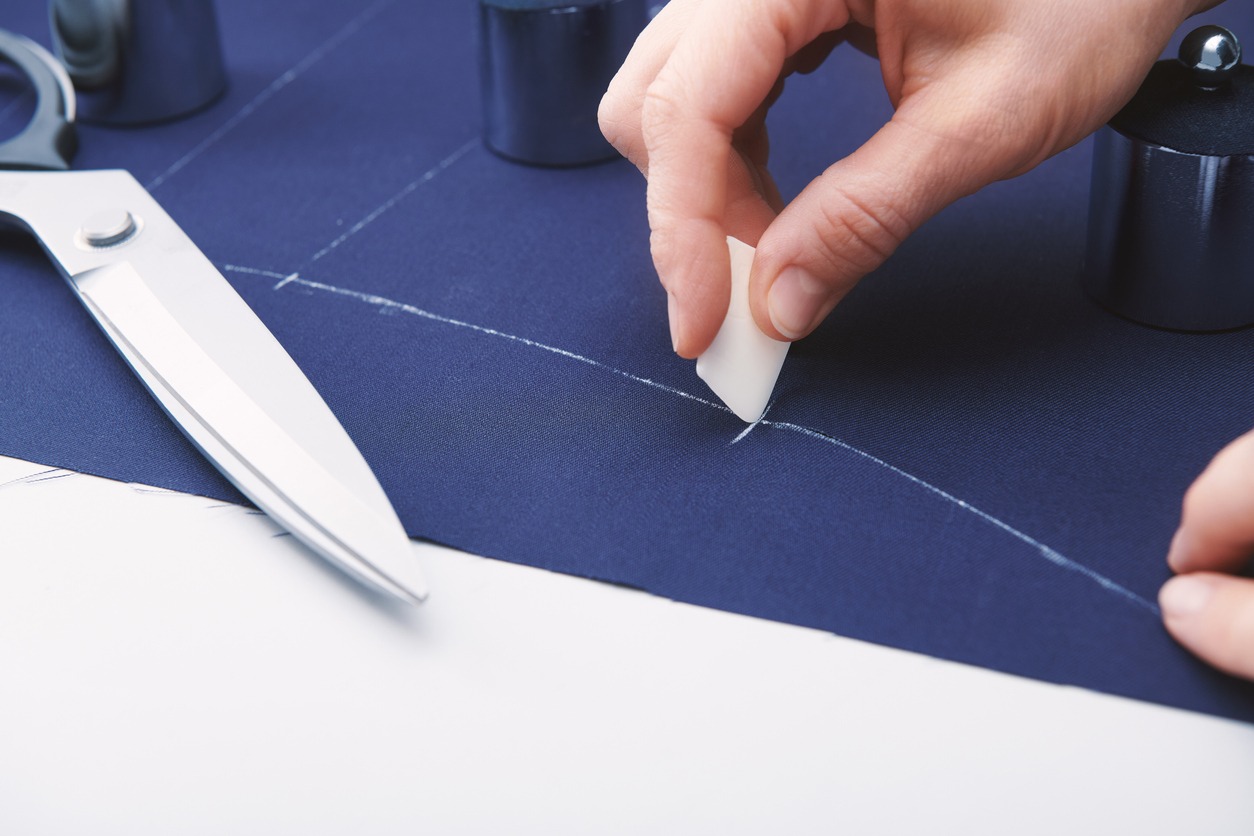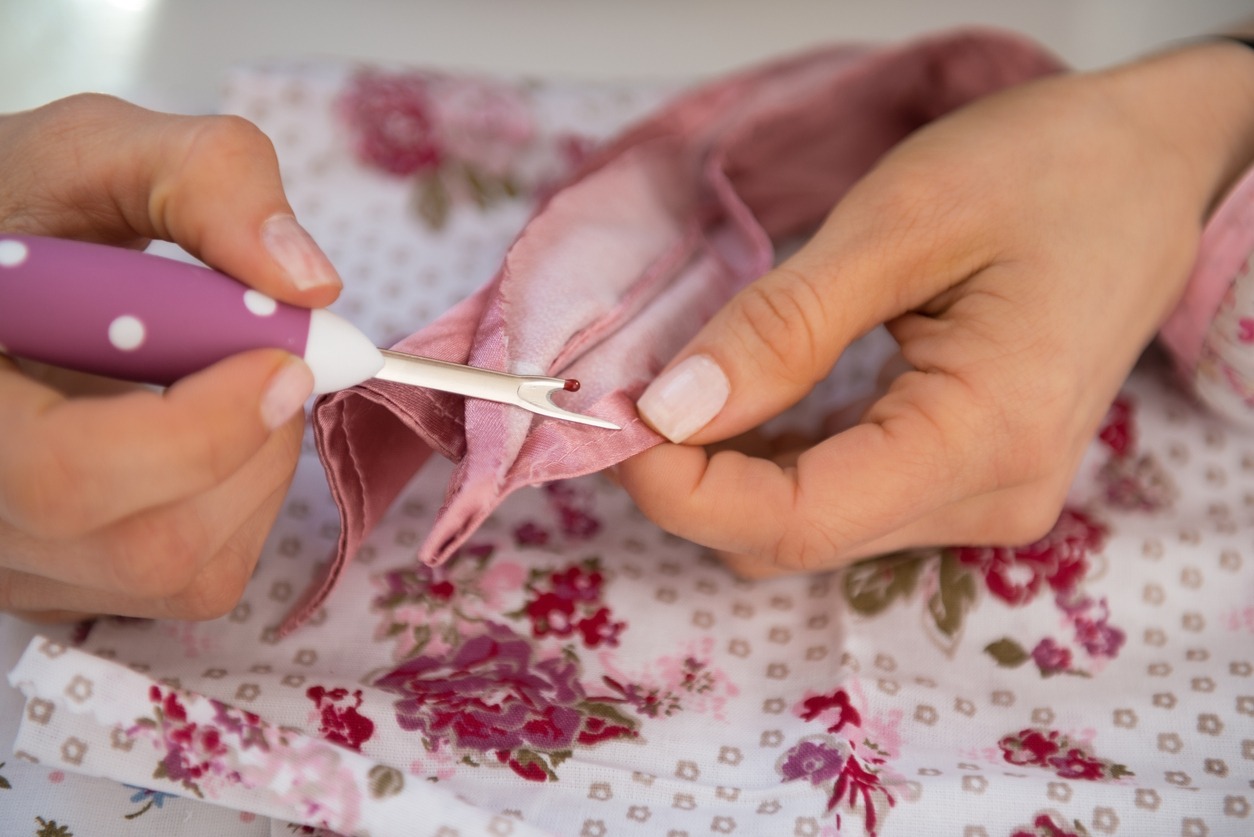Congratulations on having bought a new sewing machine! Now that you are done purchasing it, the next step is to have the sewing tools required to make your workflow fluent and seamless (pardon the pun).
Needless to say, you need a sewing kit to make your work possible as it contains the sewing essentials such as needles, threads, scissors, a tape measure, etc. in an orderly manner and at your disposal. Check out the list of the essentials that you should include to your sewing machine kit.
Scissors
There are different types of scissors. Simply called fabric scissors or shears, they have very sharp edges and will slice the fabric like butter.
Depending on the project, you will need a large pair or small pair of scissors for cutting lengths of fabric and working on small details simultaneously.
Needles
There are different types of needles for different fabrics – denim, cotton, etc. One or two needles only will not do the job for you.
Fortunately, sewing machine needles are standardized. They are compatible across various brands, including Singer, Brother, Janome, Juki, and Bernina. So, it’s safe to say that any sewing machine needle you purchase from any store will be compatible with relatively modern and more recent computerized sewing machines.
While the number of different sewing machine needles may seem bewildering at first, they’re not at all difficult to get a handle on various types. Here are some of the most popular needles for sewing machines.
- Universal – As the name suggests, universal needles are the most commonly used needles, used with all woven, knit, and synthetic fabrics. Still, you should check the other needle types below for specific types of knit fabric. While the finer needles are used for lightweight fabrics, larger needles are for medium to heavyweight fabrics.
- Ballpoint needles – Ballpoint needles feature a more rounded tip than universal needles, which pushes the fabric’s fibers apart rather than cutting or piercing them. This makes ballpoint pens ideal for rib knits, cotton knits, interlocks, double knits, fleece, and most knit fabrics, as it prevents them from “laddering” or running due to stitching.
- Sharps needles – Quilters working with multiple layers of cotton or with densely woven fabrics like silk and microfiber usually use this needle. Sharps needles have a stronger shaft that prevents them from being bent or broken and a sharp point, making them ideal for working on several layers of fabric. Sharps are also ideal for producing smooth buttonholes.
- Stretch needles – Stretch needles usually have what is called a “scarf” that enables extra room for the hook to pass close by and prevents skipped stitches. This makes stretch needles ideal for working on elastic fabrics like Lycra, two-way stretch knits, power knits, spandex, silk jerseys, and highly elasticated synthetic fabrics.
- Quilting needles – Quilting needles feature a reinforced shaft that allows them to work on several layers of fabric and wadding. However, they are shorter than sharps needles, which will enable quilters to attain quick and even stitching. They are available in different sizes. Beginners will likely choose 7 to 8 sizes, while more experienced quilters may go for larger options.
- Jeans needles – As you might have guessed, jeans needles are designed to work on types of denim, such as jeans and jackets. These needles are also best for other densely woven fabrics like canvas, heavy linen, and heavy twill.
- Leather needles – Also known as chisel points needles because of their pointed tip that resembles and functions like a chisel when in use, leather needles are used ONLY on genuine leather, suede, and other difficult-to-sew projects. However, it should not be used on PU fake leather, synthetic suede, and ultra suede since their structure and characteristics differ from genuine leather.
- Metafil needles – If you are somewhat of an adventurous sewist who loves metallic and rayon threads, you should choose metafil needles. You can use these needles on woven or knitted fabrics. Metafil needles usually have an extra large eye that allows such fancy threads to go through more freely, and the threads won’t split or shred due to the sewing action.
- Embroidery needles – You guessed it – these needles are designed specifically for embroidery. They have a wider eye to enable specific threads (like polyester, rayon, or cotton machine embroidery threads to pass easily and freely when embroidering.
- Top stitch needles – They usually have an extra point that allows it to pierce all fabric types easily and a large eye that allows thick topstitching thread to pass freely.
- Twin needles and triple needles – These two- and three-thronged needles are usually designed for pin tucking and decorative stitches. Reduced sewing machine speed is required when using these needles. They are incompatible with all sewing machines, so refer to your machine’s manual first before using these needles.
- Wing needles – Wing needles are used together with special stitch options in your machine, producing holes in the fabric to replicate drawn thread work. They are ideal for natural-fiber fibers like cotton.
Tape measure
You will need a tape measure to make precise measurements and cuts on the fabric. Make sure that the tape included in your sewing machine sewing kit is large enough to cover the required lengths.
Fabric marker
Throughout the project, you will be marking the fabric for various purposes. It may be for marking out where you want to sew your seams. Tailor’s chalks, in that respect, are a great option as they are inexpensive, easily obtainable, user-friendly, and easy to remove.
Seam ripper
If you’re a sewing beginner, you must have had your fair share of experiences with seams. It can also happen to experienced sewists, seamstresses, and tailors. In some cases, you may want to make it work using scissors, but not after you end up putting a hole in the fabric. Thus, you must use a seam ripper since it will give as many do-overs as you want.
We hope that this guide will aid your selection process when buying a sewing machine kit. Since all of them are budget-friendly, all you need to do is determine your preferences and pick the one that provides the best value-for-money for you. If you are currently looking for a new sewing machine to use, you can read our Guide to Selecting a Sewing Machine so that you will have an easier time finding the most suitable sewing machine for you.
